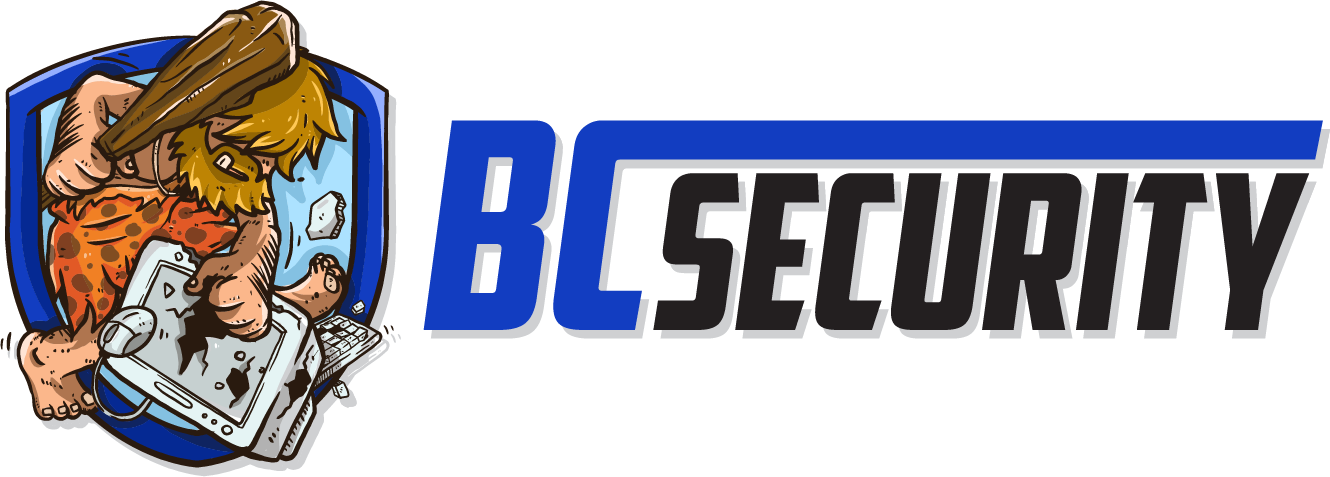
Survivorship Bias and How Red Teams Can Handle It
Reporting is, by nature, only the threat actors that have been caught. What about all the ones that didn’t get caught? There is no way to examine that and It comes down to the fact that we don’t know what they did and therein lies the problem for threat emulation.









